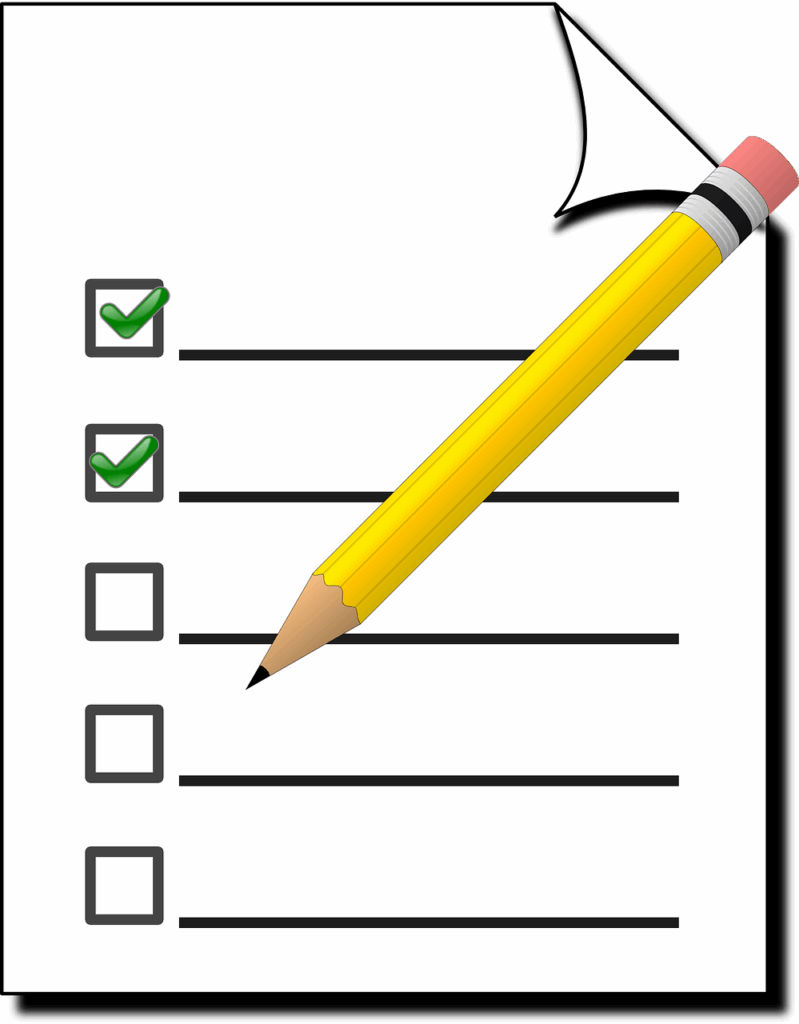If we’re going to trust artificial intelligence with decisions that shape our lives — like approving loans, reviewing job applications, or even diagnosing illness, we have to be sure it’s not just smart, but also ethical.
Too often, AI systems are designed with performance in mind, but ethics is treated as an afterthought. And when that happens, the consequences can be serious: unfair treatment, security breaches, or decisions no one can explain. That’s where ethical auditing comes in.
This 12-point checklist breaks down the essentials of responsible AI design. Think of it as a guide, not just for data scientists or engineers, but for business leaders, policymakers, and anyone involved in shaping how AI is used.
1. Use accurate, diverse, and clean data
AI is only as good as the data it learns from. If that data is flawed or biased, the system will be too. Take Amazon’s hiring algorithm as an example: it taught itself to prefer male candidates because its training data reflected years of biased hiring practices. Clean, diverse, and representative data across gender, race, age, and geography helps prevent this kind of bias from being baked in.
2. Check regularly for bias or discrimination
Even with good intentions, bias can creep in. That’s why ongoing audits are essential. Bias isn’t static; it can evolve as data changes. Set up a routine for testing how your AI performs across different groups. Disparities in outcomes should be spotted early and addressed quickly.
3. Make decisions transparent and explainable
People have the right to understand how AI affects them. Whether it’s a credit rejection or a denied insurance claim, opaque algorithms are a trust killer. Concepts like Explainable AI (XAI) help unpack black-box models, offering frameworks to make machine logic more interpretable and open to human scrutiny.
4. Assign accountability clearly
When AI makes a mistake, who answers for it? In too many cases, no one knows. That’s a problem. Ethical systems clearly define who is responsible for design, deployment, and outcomes. This isn’t about blame; it’s about being ready to respond if things go wrong.
5. Safeguard user privacy
AI often feeds on sensitive personal data – shopping habits, medical history, location, and more. Respecting privacy means collecting only what’s necessary, storing it securely, and giving users control over how it’s used. Regulators are watching too — just look at the GDPR in Europe, which enforces strict rules around data handling and transparency.
6. Ensure cybersecurity for AI systems
Cyberattacks aren’t science fiction anymore. AI systems can be tricked, spoofed, or hijacked. Researchers have shown that small, subtle changes in an image — invisible to the human eye — can completely fool an AI into misidentifying it. Building robust security defenses is as vital as the model itself.
7. Involve real-world users in testing
No one understands how a system works—or where it breaks down—better than the people who interact with it daily. Involving real users in the testing phase ensures the product addresses genuine needs rather than just theoretical expectations. It also uncovers usability issues that developers might miss, particularly those affecting marginalized or underrepresented groups. This approach aligns closely with the principles of crowdsourcing, which we’ve written about extensively, highlighting how collective input from diverse users leads to more inclusive, resilient, and trustworthy AI systems.
8. Validate performance in different conditions
An AI system that performs well in a controlled lab environment may not deliver the same results in the complex, unpredictable real world. That’s why it’s essential to test AI under diverse, real-life conditions that reflect the variety of users and contexts it will encounter.
For example, several studies have shown that some facial recognition systems have exhibited reduced accuracy for individuals with darker skin tones—largely due to imbalanced training datasets. While this doesn’t mean all facial recognition technologies are biased, it underscores the importance of inclusive validation to ensure reliable and equitable performance across different demographic groups and environments.
9. Keep a human in the loop
AI can assist, but it shouldn’t replace human judgment—especially when the stakes are high. Whether it’s in healthcare, criminal justice, or hiring, a human-in-the-loop approach ensures that automated decisions are subject to oversight. This safeguard not only prevents unchecked outcomes but also allows space for empathy, contextual nuance, and moral reasoning—elements that AI still cannot authentically replicate.
As we discussed in the May edition of HonestAI, keeping humans meaningfully involved in AI-driven systems is essential for building trust and accountability.
10. Design inclusively for all types of users
Accessibility isn’t optional. Ethical AI must be designed to serve everyone—not just the tech-savvy, native speakers, or able-bodied users. This means creating interfaces that accommodate people with disabilities, support multiple languages, and respect cultural differences. As emphasized in the May edition of HonestAI, inclusive design is not only a matter of equity but also a driver of broader adoption, ensuring that no one is left behind in an increasingly AI-driven world.
11. Monitor environmental impact
Training large-scale AI models—like ChatGPT or image generators—requires substantial energy and computing resources. One study estimated that training a single deep learning model could generate as much carbon dioxide as five average cars over their entire lifetimes.
While this isn’t directly linked to explainability, it’s a crucial aspect of ethical AI. Developers must consider the environmental cost of innovation by exploring greener algorithms, optimizing efficiency, and committing to sustainable practices as AI systems scale globally.
12. Update the model as society and data evolve
What’s fair today may not be fair tomorrow. Social norms shift, new risks emerge, and data patterns change. AI models should be continuously updated to reflect these shifts. Otherwise, they risk becoming outdated, irrelevant — or worse, harmful.
Ethical AI is a Journey, Not a Checklist
This 12-point framework isn’t meant to be “one and done.” Ethics is ongoing. As AI systems grow more powerful and complex, our responsibility grows too. These questions must be asked early and often by teams who are trained not just in machine learning, but in human-centered thinking. learning, but in human-centered thinking.
After all, building ethical AI isn’t just about preventing harm. It’s about creating systems we can understand, trust, and stand behind.
Unlock the Future of AI -
Free Download Inside.
Get instant access to HonestAI Magazine, packed with real-world insights, expert breakdowns, and actionable strategies to help you stay ahead in the AI revolution.









